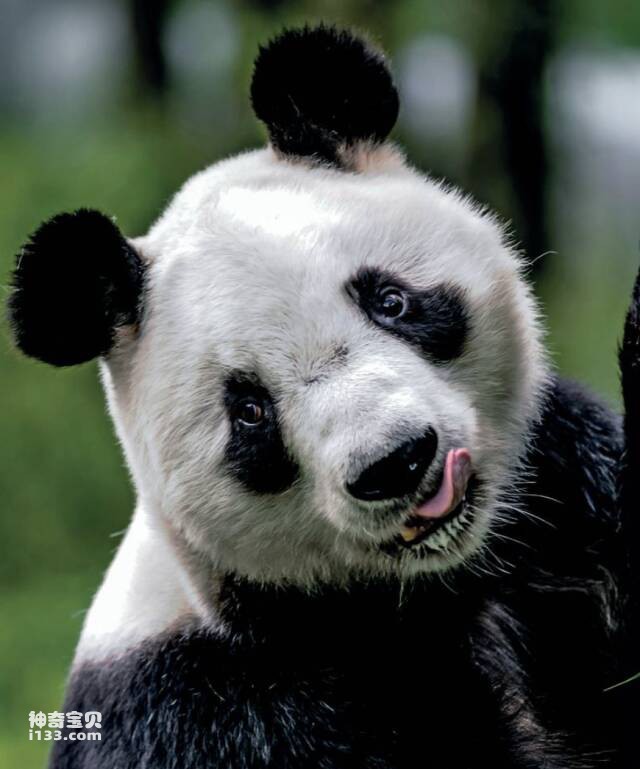The Chinese have a long history of understanding pandas, and various names for pandas have been recorded as early as the early days of writing. "The Book of Books" calls it Pixiu, "Mao Shi" calls it Baizi, "Emei Mountain Chronicles" calls it Pixiu, "The Book of Beasts" calls it Pixiu, "Tapir Screen Praise" calls it Pipirus, Li Shizhen's "Compendium of Materia Medica" calls it Black and White Bear, etc.
The local Tibetan compatriots call it Dudongga, and the Yi brothers call it Equ.
These names were not established after scientific research, so they can only be common names. The reason for this result is that China's feudal society has been closed and backward for a long time, which has made Chinese scientists unable to give the panda a scientific and widely known name.

Before we continue talking about the name of the panda, let me make a digression. In vertebrate zoology, when discussing the systematic classification of a certain species, a lot of professional vocabulary is inevitably involved. These words are difficult for ordinary people to understand except for professional workers. Therefore, we use these words, such as family (familia), genus (genus), species (species) and other Latin words, as little as possible in this book.
After understanding the meaning of these biological words, let’s continue to talk about the names of pandas.
The study of the history of pandas from the perspective of biomorphology began in the late nineteenth century. In 1869, French priest David conducted research on the black and white bear skin he collected from Muping (Baoxing), Sichuan, China. He believes that this species in Muping, Sichuan is different from the black bears in the mountains of western China. Its face is rounder than that of black bears, and its snout is short and its teeth are wide. Although it is different from a bear, its overall shape has not deviated from the characteristics of a bear. In terms of systematic evolution, it still belongs to the genus Ursus (Ursus). However, it is a new member, so it was given the scientific name Ursus melanoleucus (Latin meaning black and white). black and white bear).
In 1870, Alphonse Milne-Edwards, director of the Paris Museum of Natural History, re-study the "black and white bear" specimens collected by Father David from Muping, China, and published the results in 1871:
The Ursus melanoleucus named by David has a different body shape from bears. It is very close to the Chinese red panda (also known as the red panda). It was first discovered in the southern foothills of the Himalayas in 1825 and was later widely found in Sichuan. In English, the red panda is called for little panda.
In terms of systematic classification, the red panda is a descendant of the common ancestor of bears and raccoons. To put it simply, the black and white bears that Father David collected from Muping, China, are a species closely related to the red pandas.
Based on the above reasons, Miller Edwards changed the genus name Ursus of the black and white bear named by David to Ailuropoda, and kept the species name melanoleuca, resulting in Ailuropoda melanoleuca (Latin meaning black and white panda).
The name Ailuropoda melanoleuca is still used today. In various versions of books, as long as the scientific name of the panda is mentioned, it must be Ailuropoda melanoleuca.
In English, the name of the panda is Cat bear, which is translated as cat bear in Chinese. Because its face is like a cat and its body is like a bear. Unfortunately, however, when the panda was first exhibited at the Science Museum of Western China in Beibei, Chongqing in December 1944, the title of the exhibition panel was written in horizontal script and was called "Cat Panda". At that time, Chinese characters were generally written in straight script and read from right to left. As a result, the people who came to visit read "cat panda" in Hengshu as panda out of habit. So I had to follow the customs and make mistakes. From then on, the panda became the panda, which can be regarded as an interesting example of the irresistible trend.
animal tags:
We created this article in conjunction with AI technology, then made sure it was fact-checked and edited by a Animals Top editor.